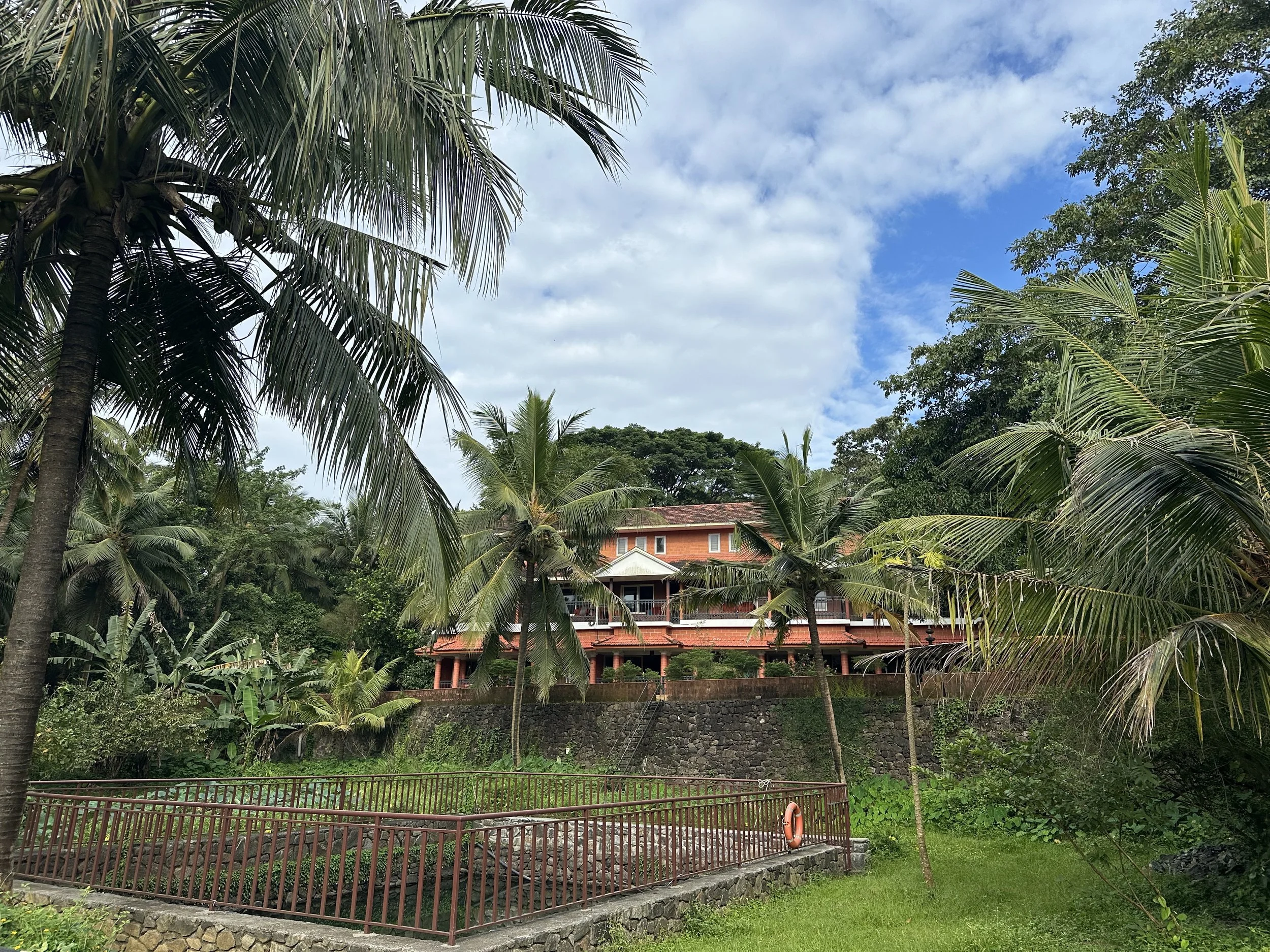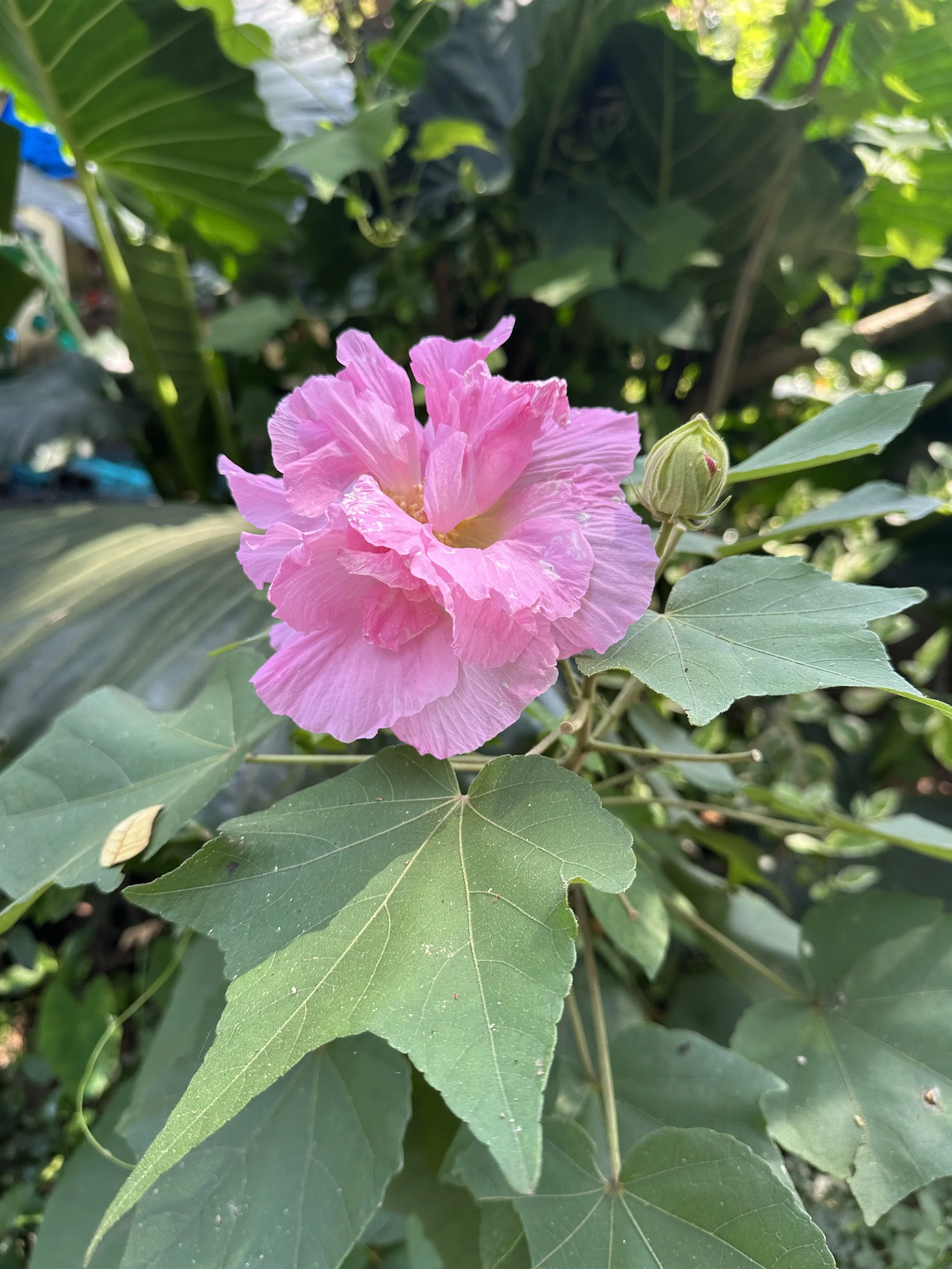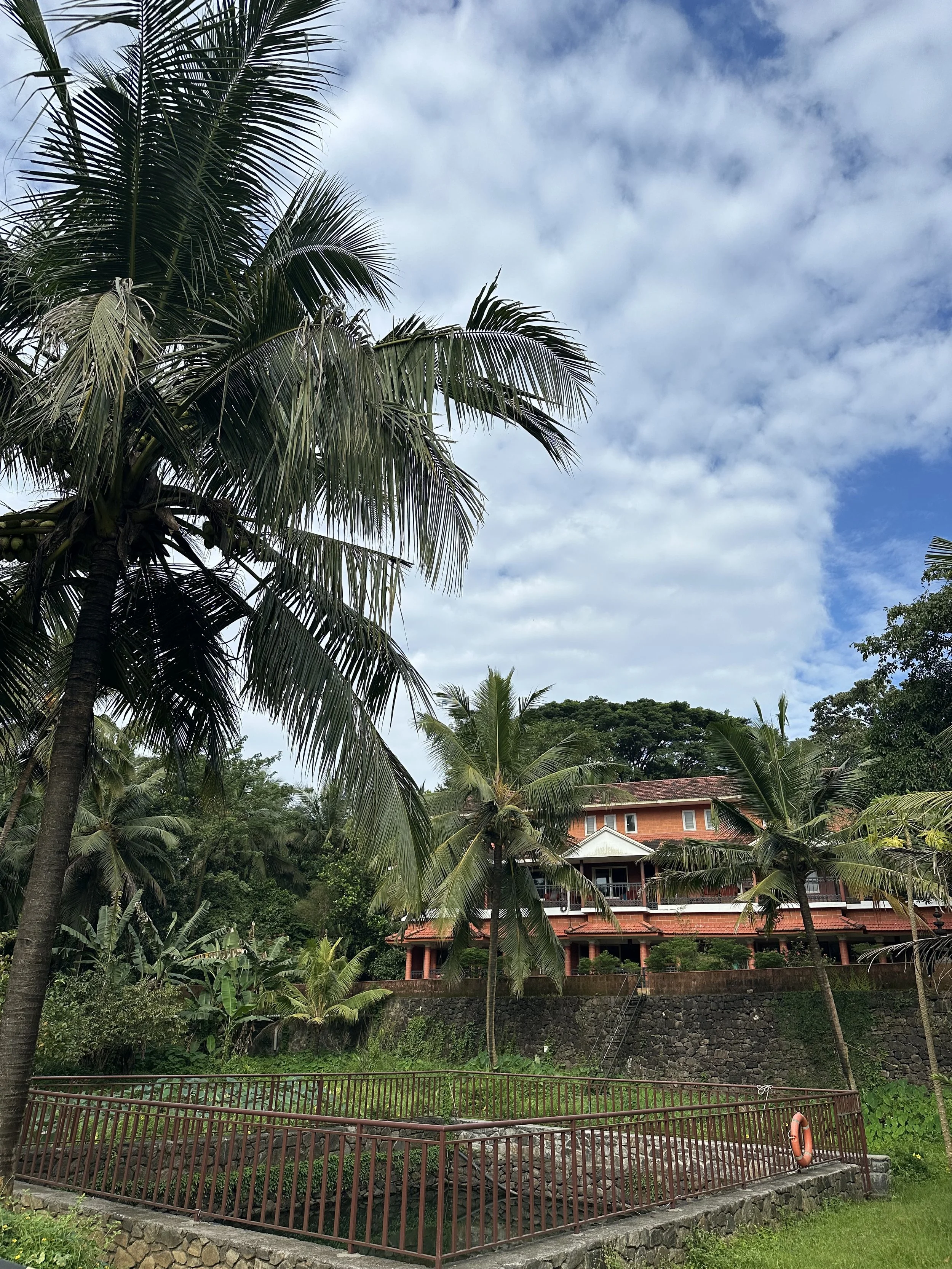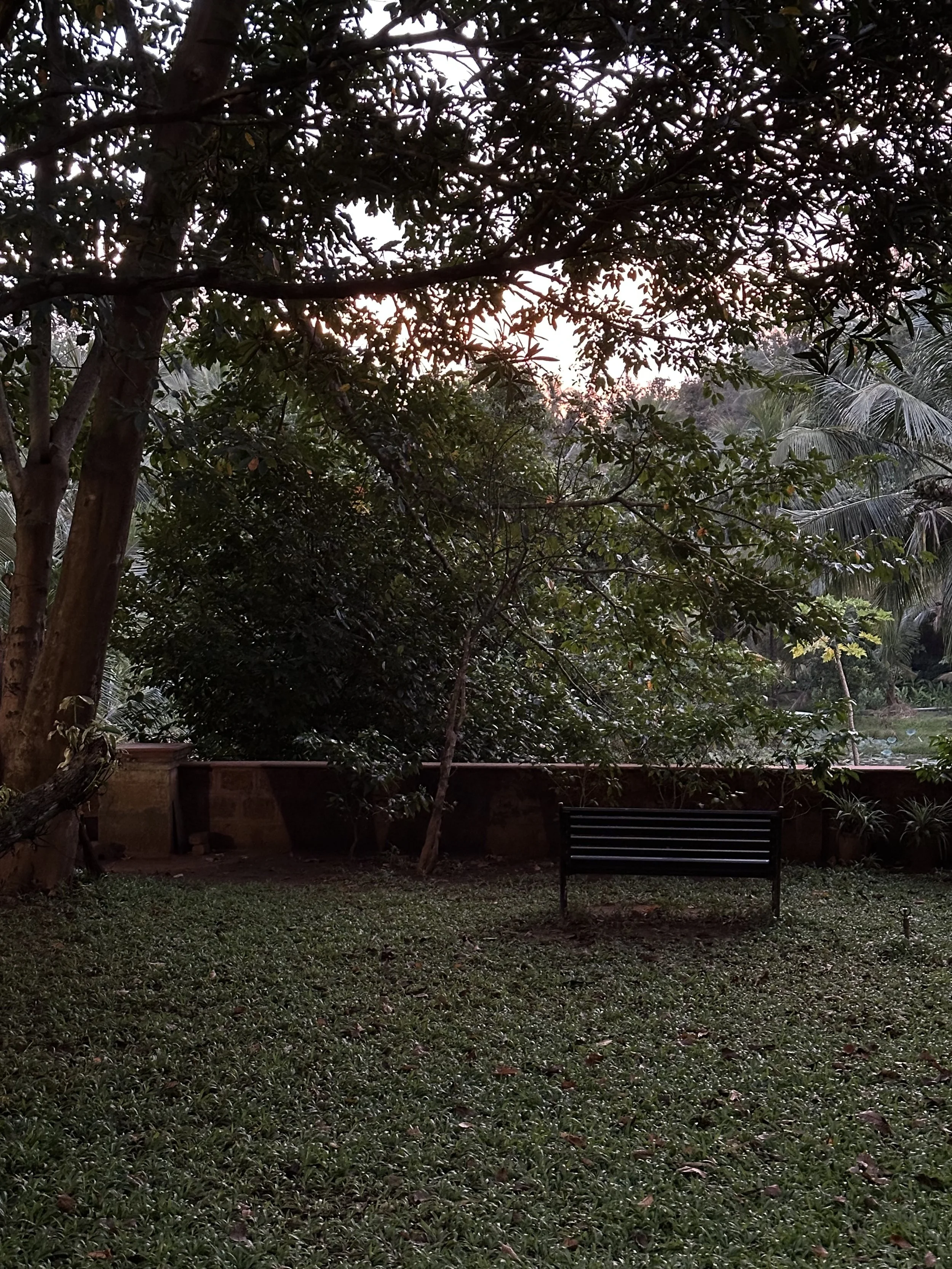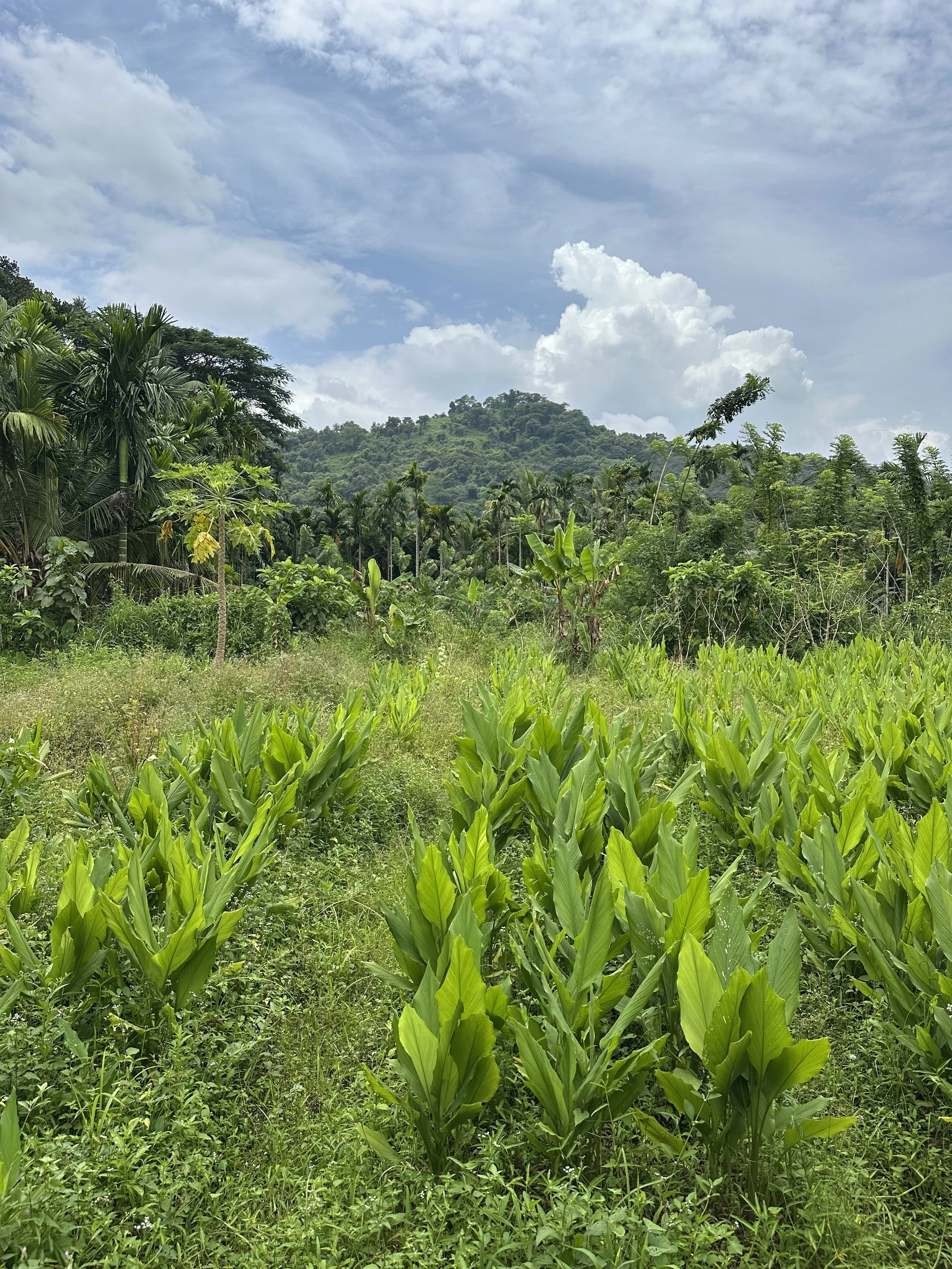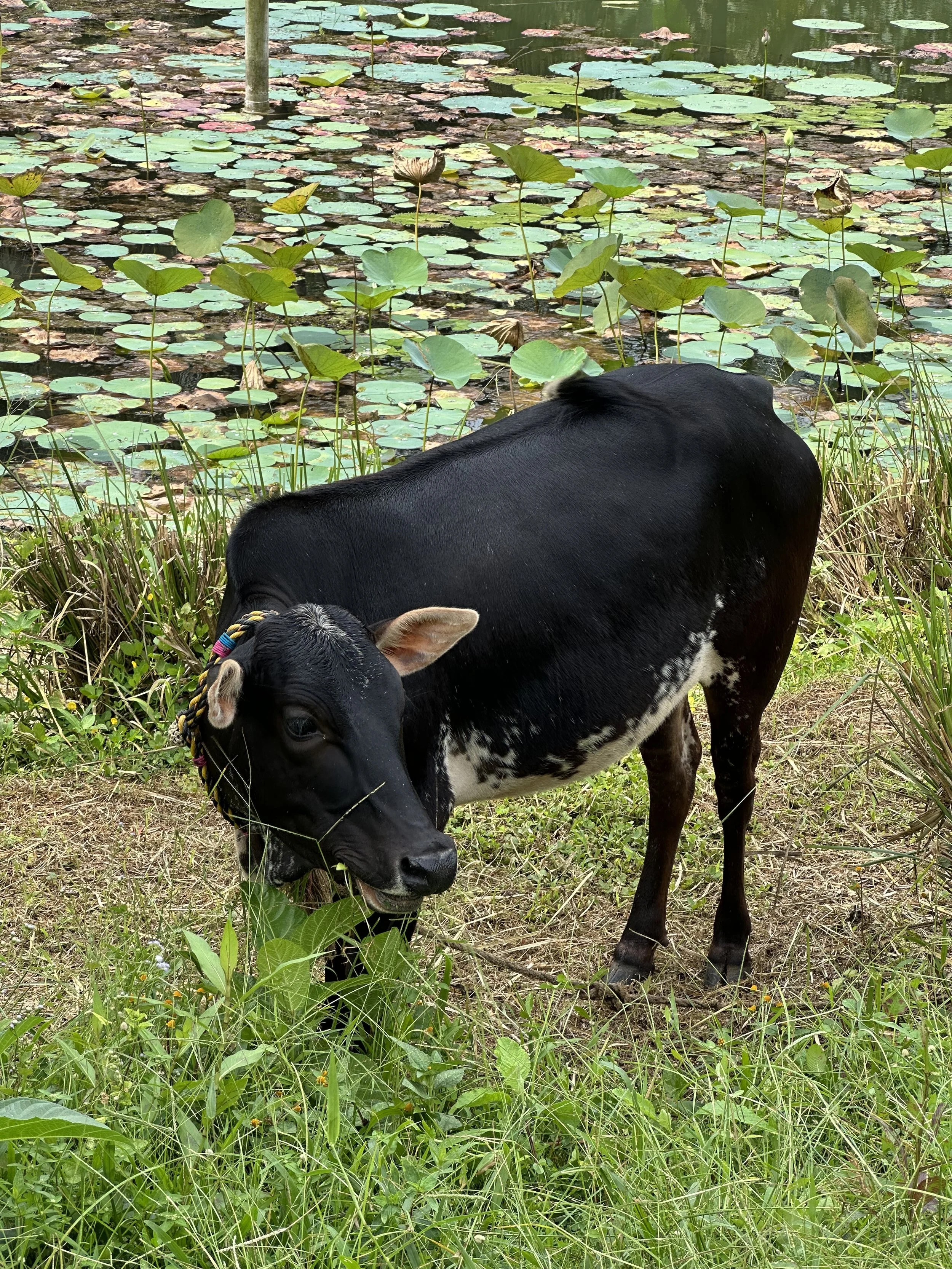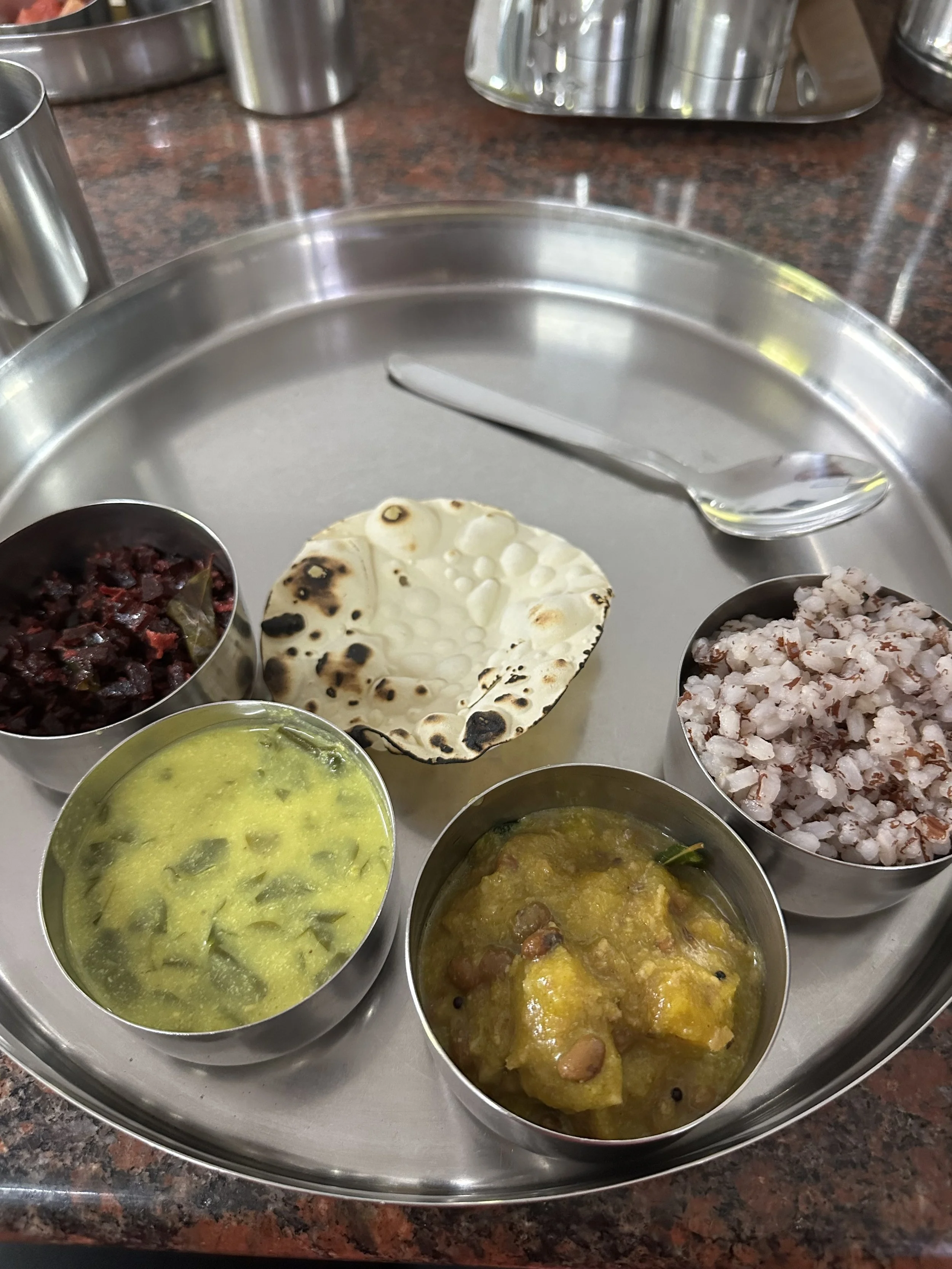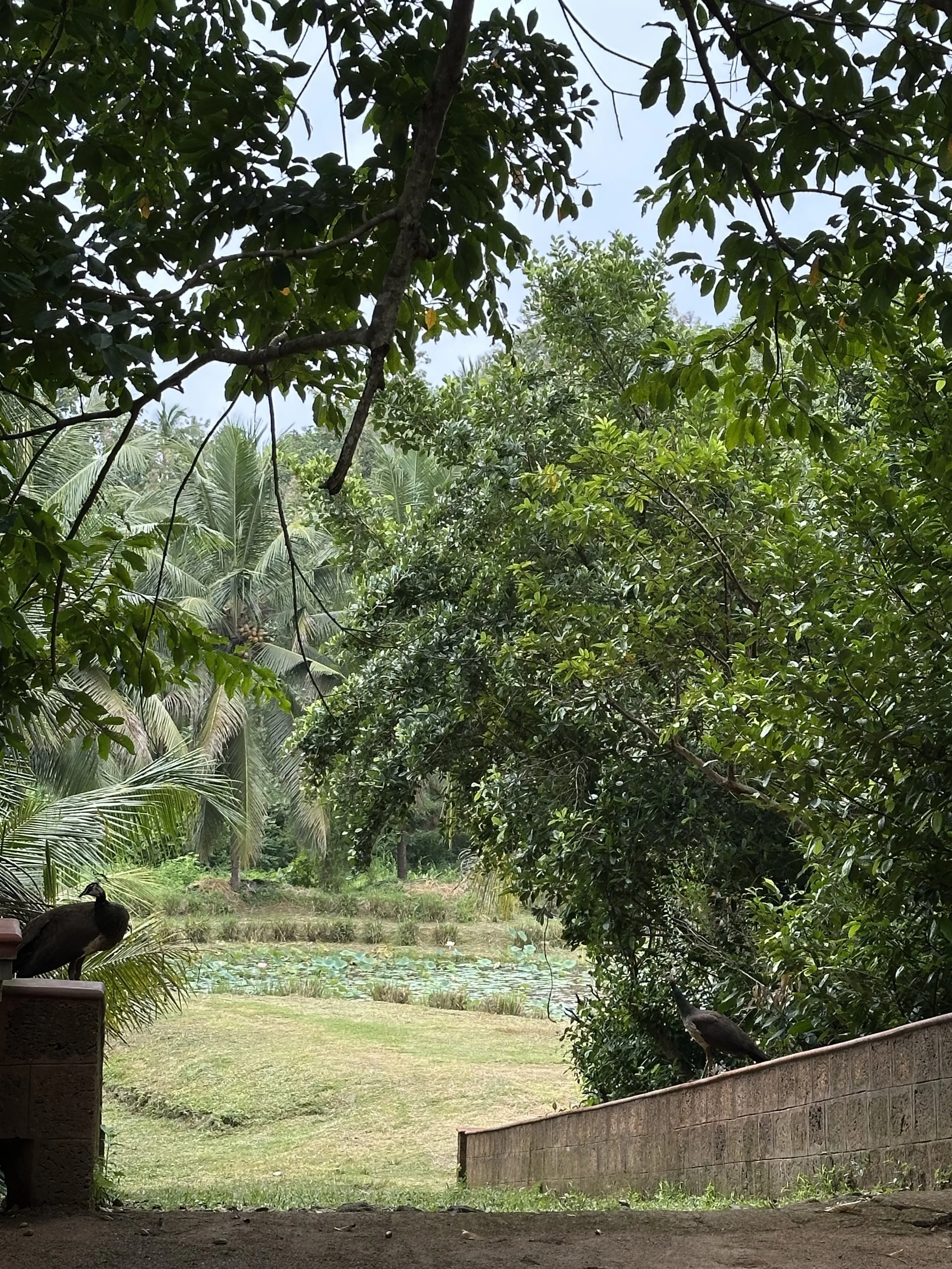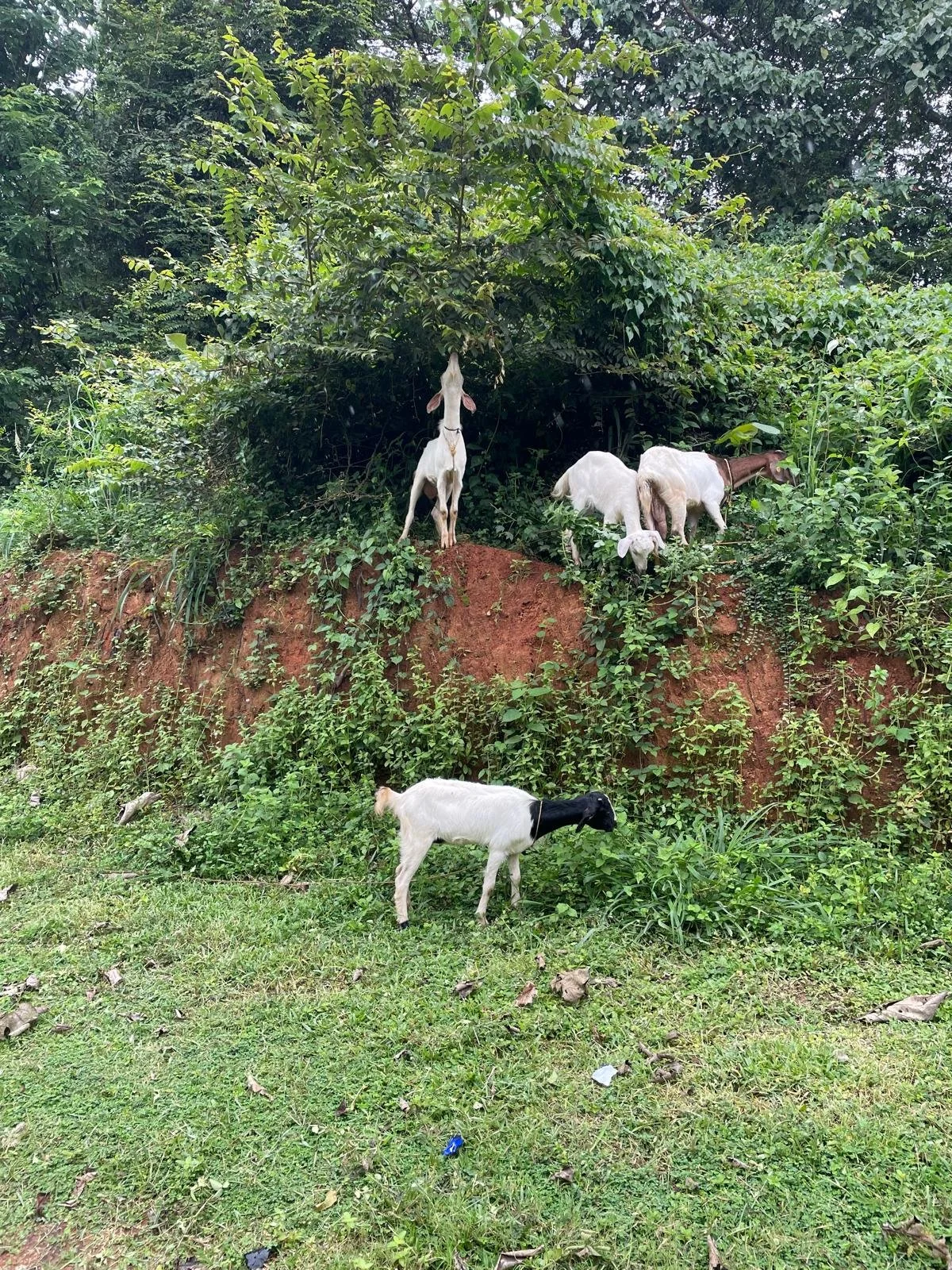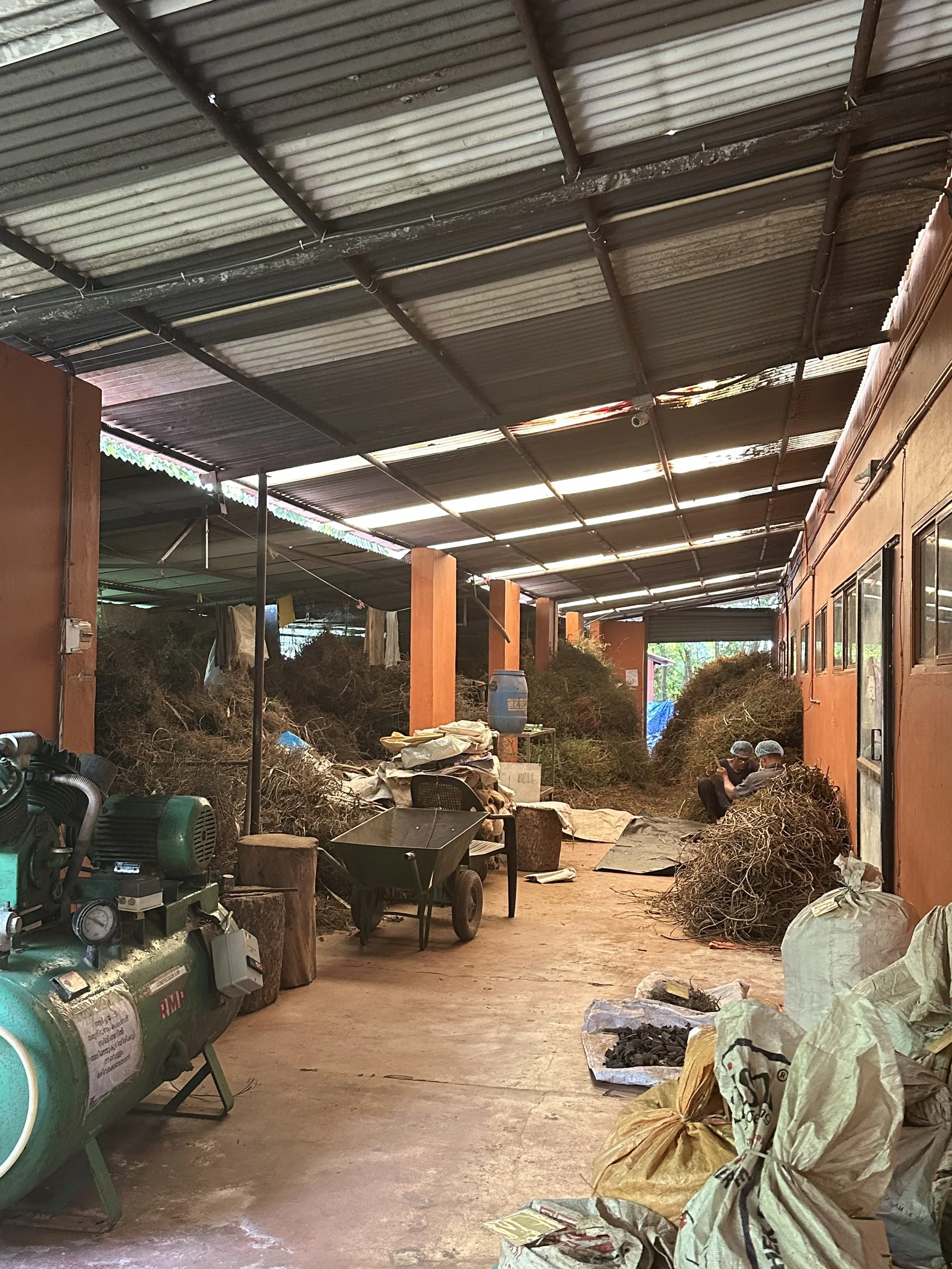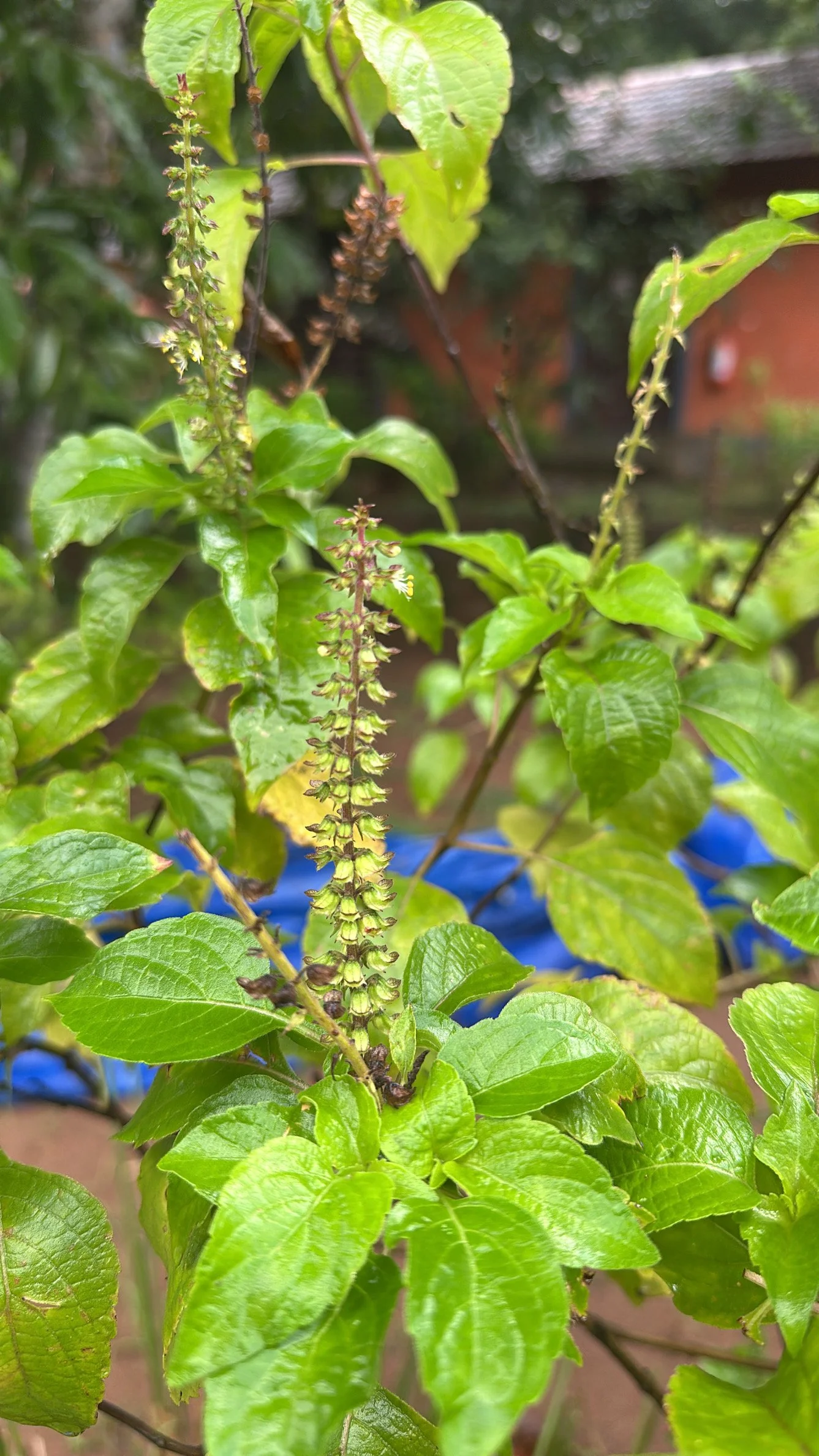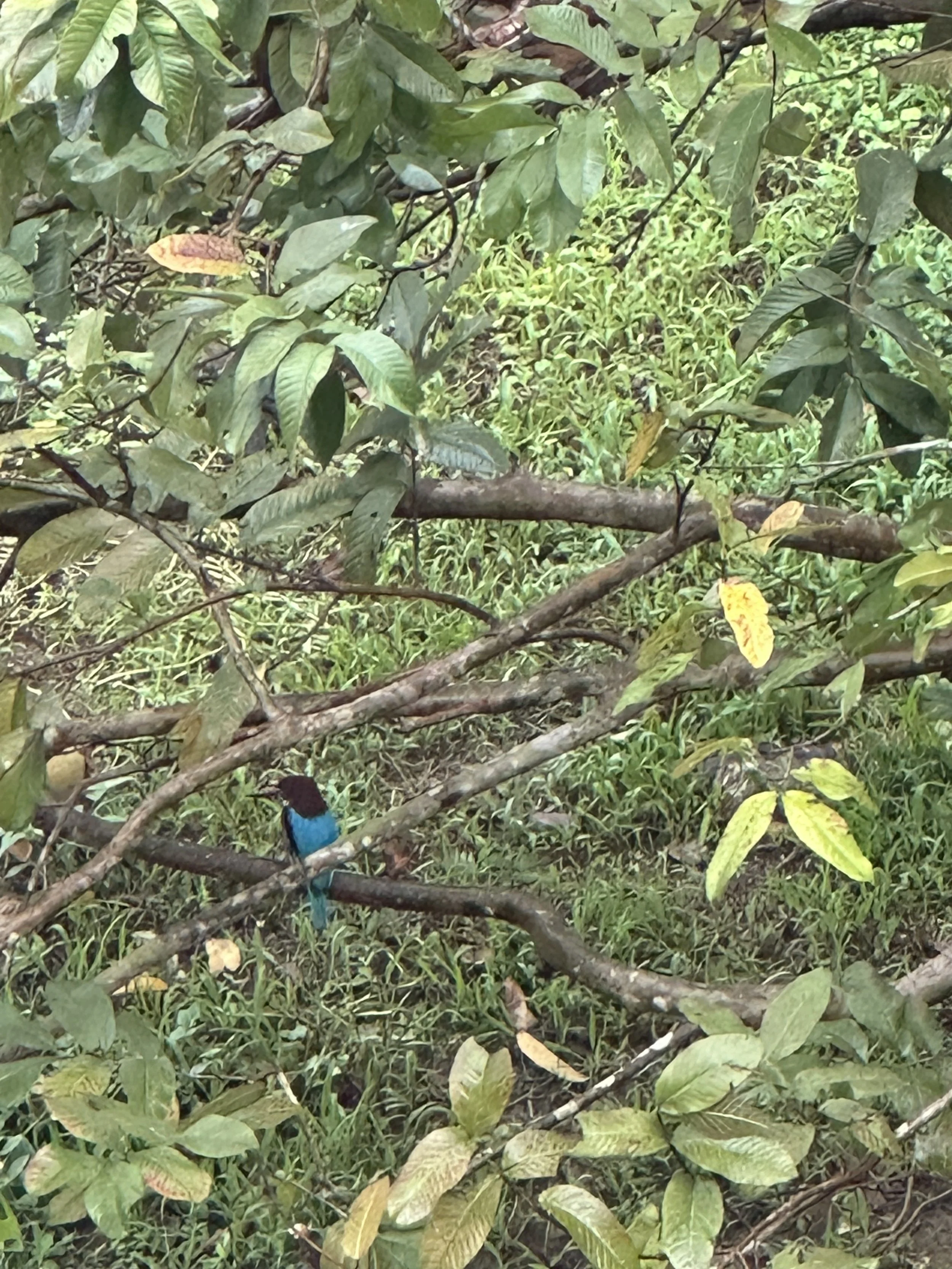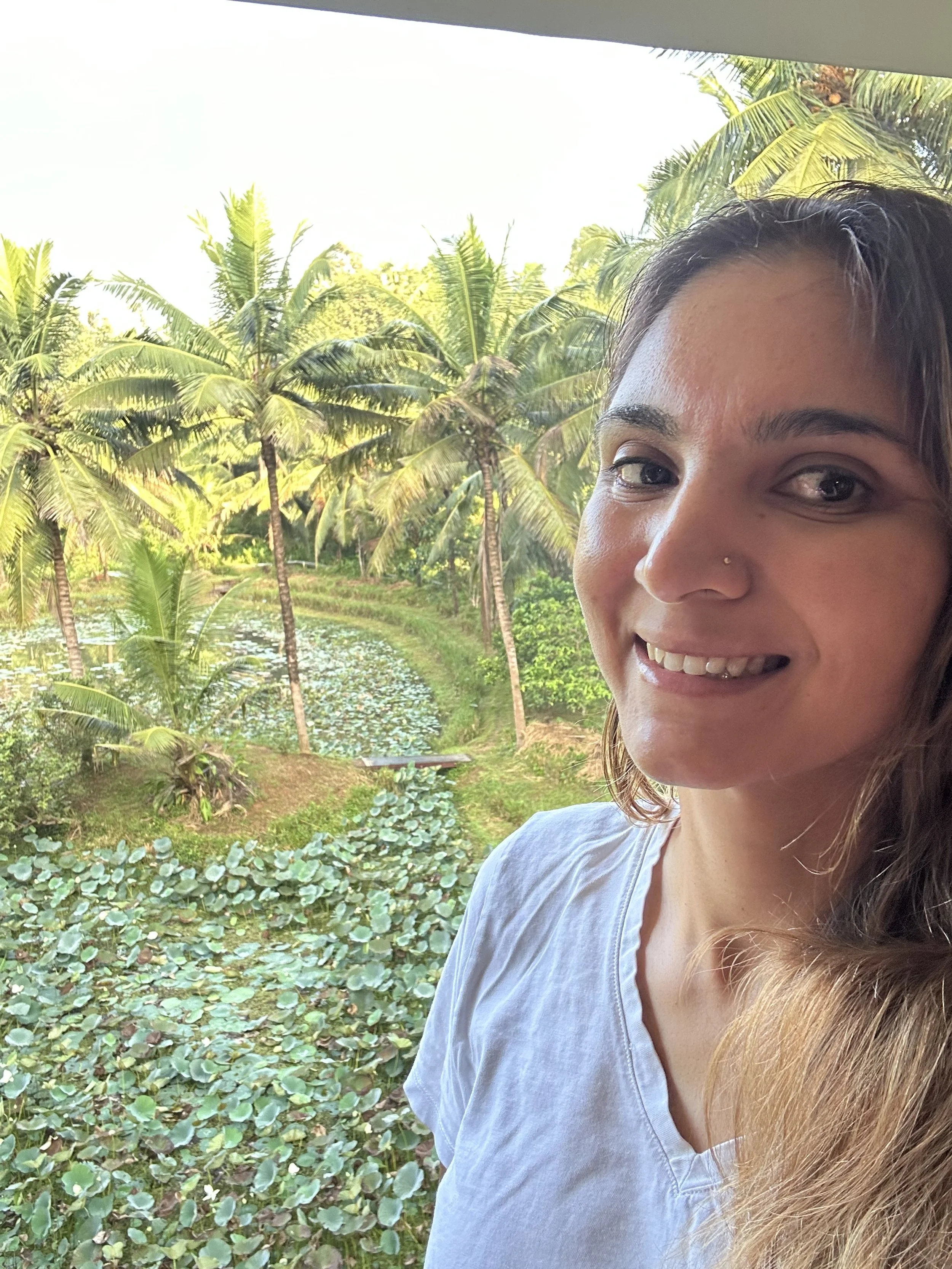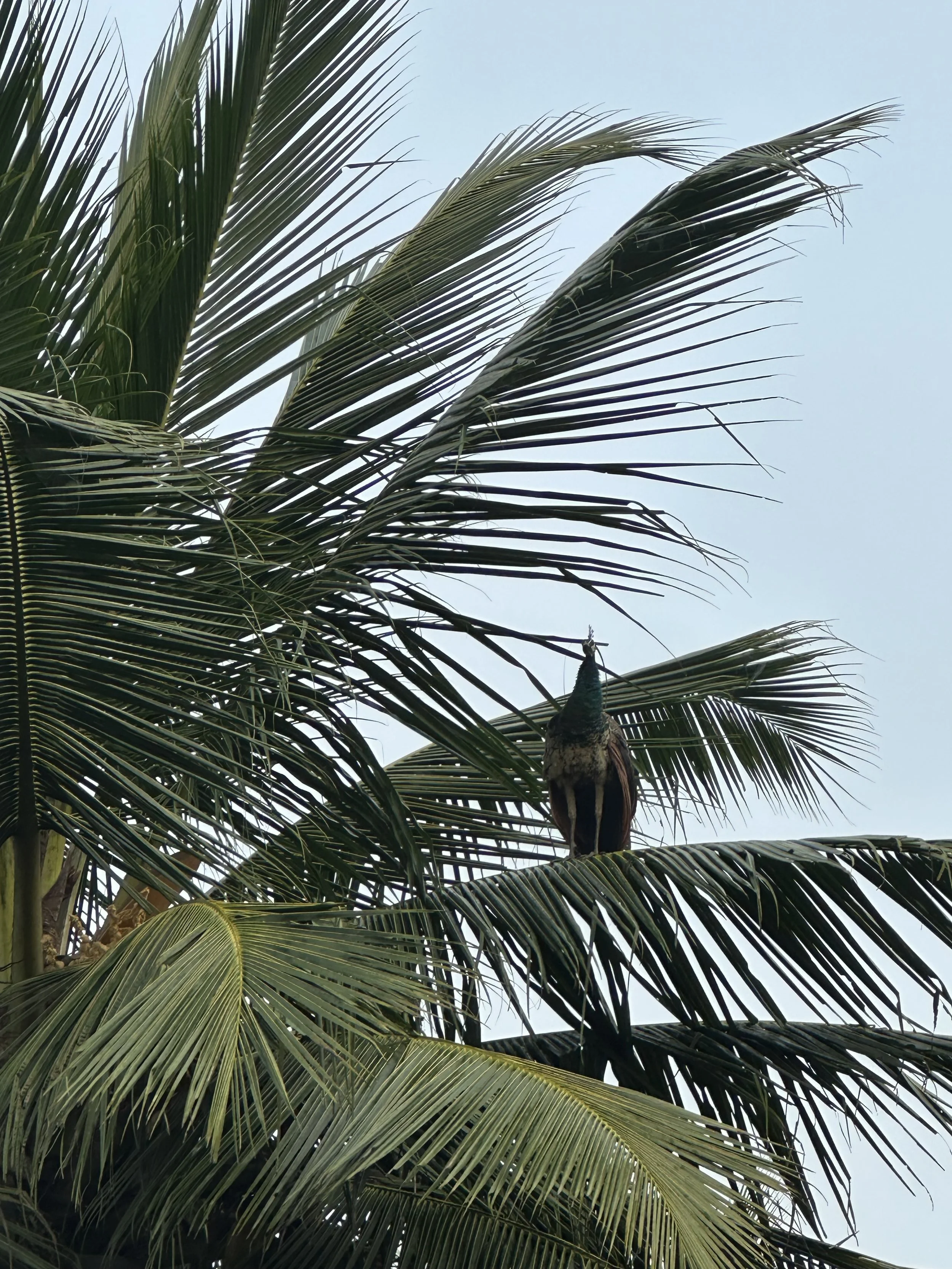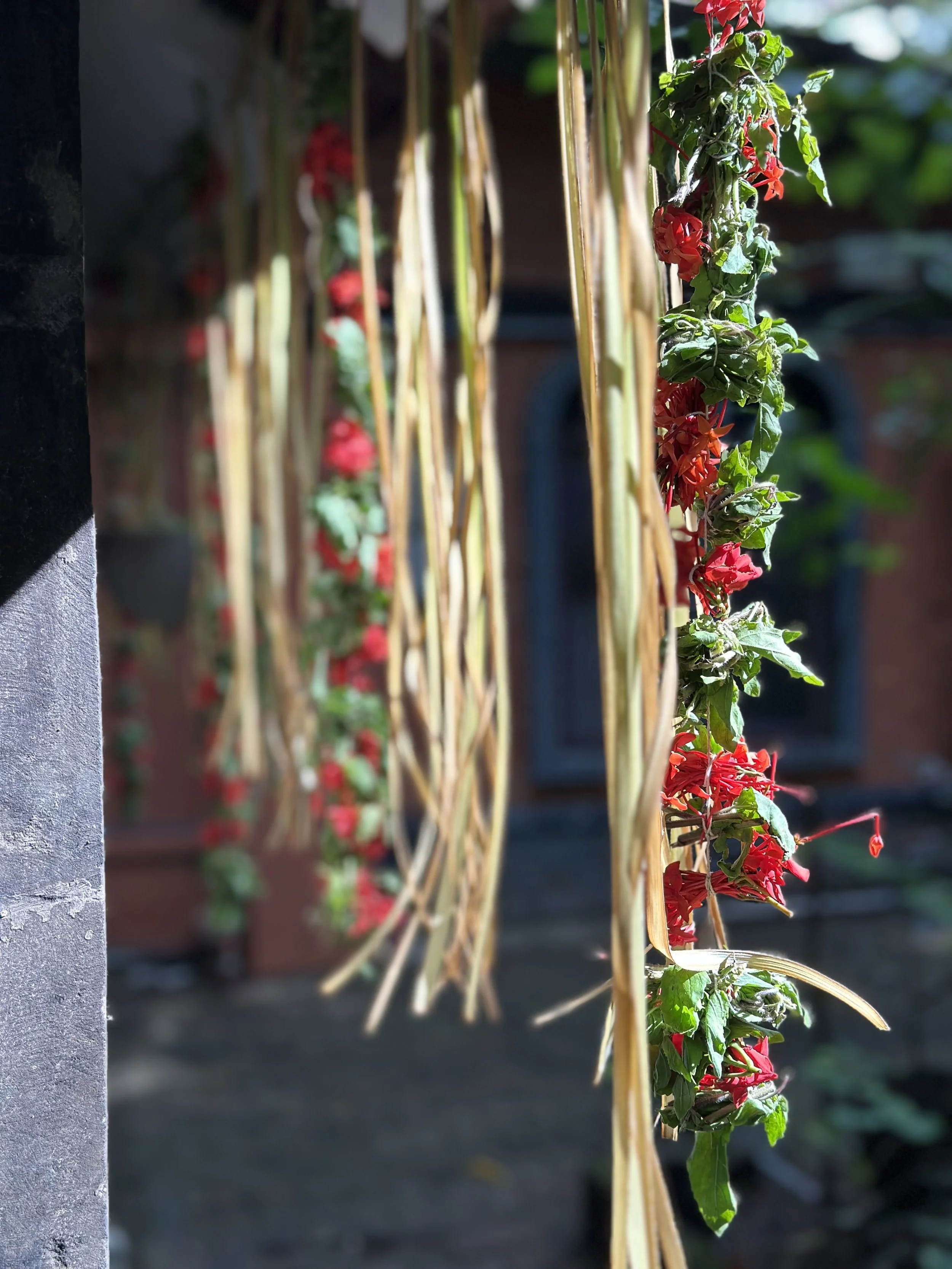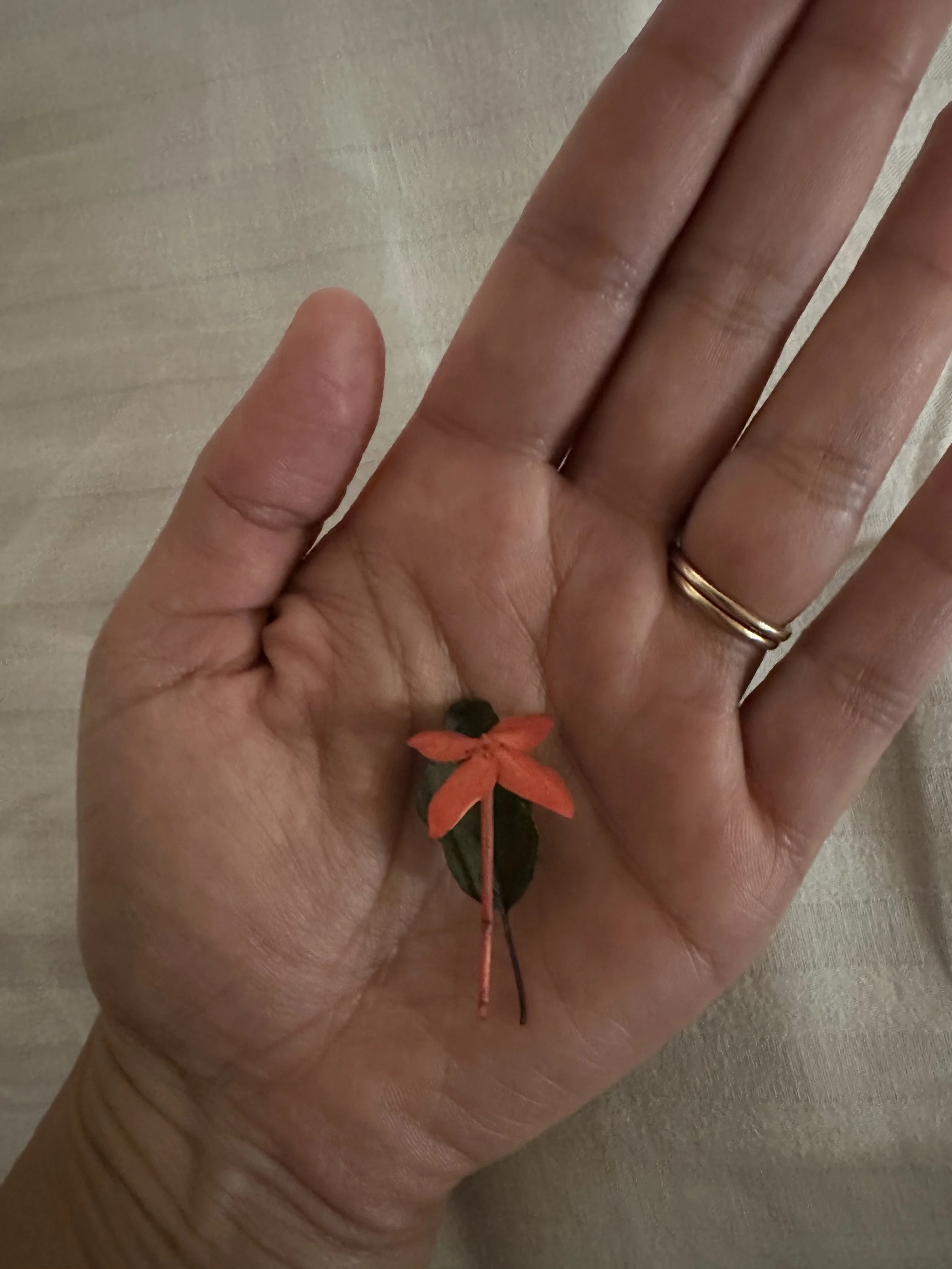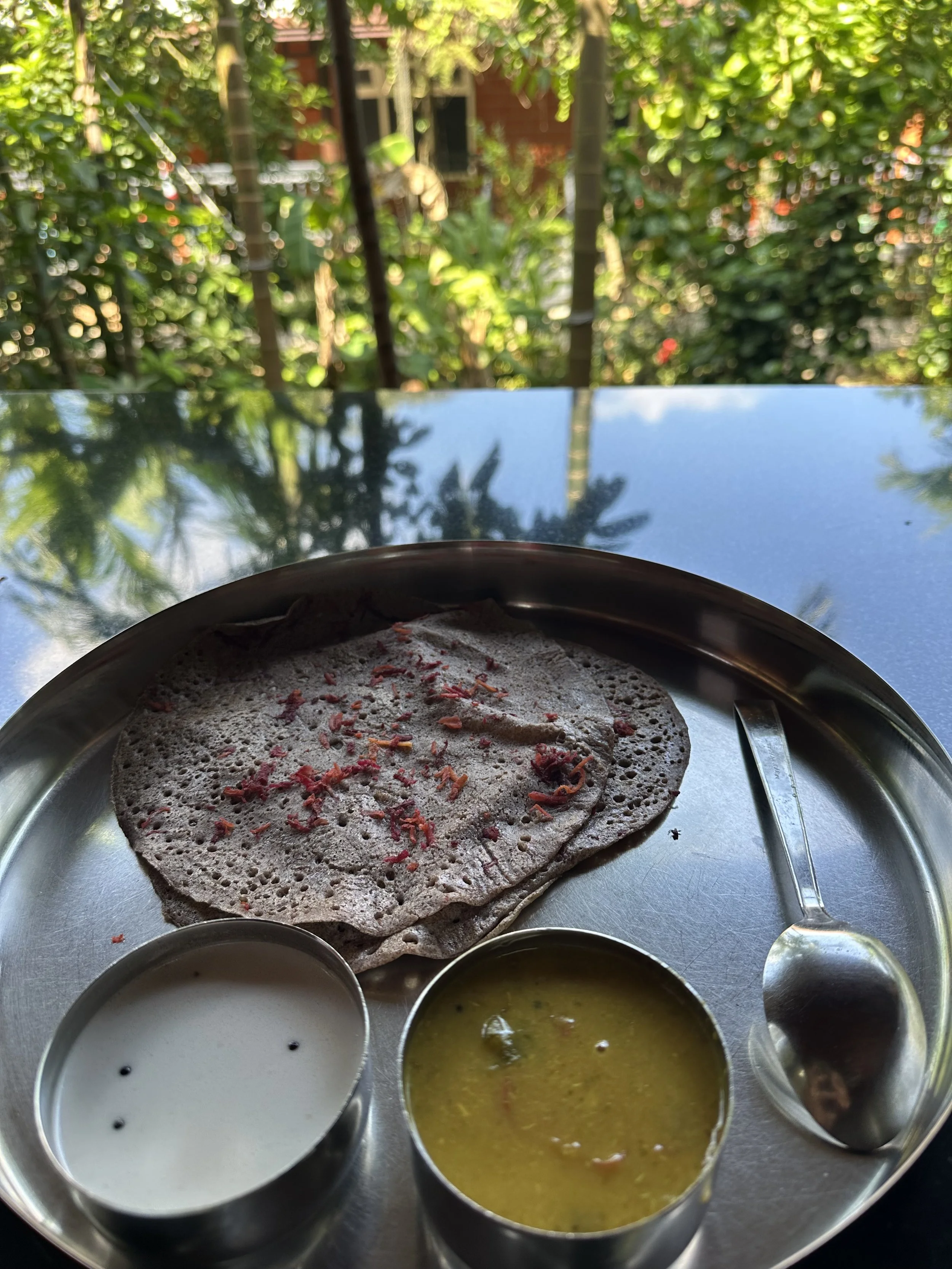Being Truly Relaxed — Lessons from My Panchakarma Journey
Written during my Panchakarma journey in India — a reminder that rest, too, can be sacred work.
Picture taken by me at the Poonthottam Ayurvedasram in Kerala, India. (More pictures are the end of the article)
Being Truly Relaxed
When was the last time you were truly relaxed?
Like really, really relaxed?
Do you even remember how that feels?
I thought I did. I thought I liked slowing down, doing nothing, resting. But it wasn’t until I came to India for my Panchakarma treatment that I realized what true relaxation actually means — and how far I had been from it.
After my burnout a couple of years ago, I believed I was already living slower. I had learned to say no, to take breaks, to rest. But what I called “rest” was often just recovery from exhaustion — a momentary pause before the next wave of effort.
Panchakarma changed that. It stripped away every illusion of control. I didn’t choose what I ate or when I slept. My meals were simple and nourishing; my days, fully structured. I relied on caretakers, on trust, on letting go.
Even the daily massages — which I had imagined as pure bliss — turned out to be something entirely different.
They were not like the Thai or spa massages I knew. The touch here was soft, almost delicate, and yet the impact went far deeper. The herbal oils seemed to work their way slowly through my skin, seeping into muscles, tissues, even the bones — reaching places I didn’t know held tension.
At the beginning, this was hard work for my body. Instead of feeling relaxed, I often felt more tired, as if every layer of stored fatigue was being stirred awake. That’s why, in a proper Panchakarma clinic, the therapists wash you after each massage. They know your body is exhausted. They don’t want you to move, not even a finger. All they want is for you to let go.
At first, that felt foreign — even uncomfortable. To be so still, to be so cared for. But then, in one of those quiet moments, a thought hit me:
I felt deeply cared for — like a mother cares for her child.
It felt strange and tender at the same time. Because in the outside world, I am a grown woman dealing with all the grown-up stuff — always in control, always responsible. But here, I had to surrender that role completely.
Nothing that worried me could reach me, and nothing that worried me could be solved from here. I felt unreachable. And that can feel like isolation. Yet slowly, beneath the stillness, something softened. I began to crave connection again — to long for warmth, laughter, and shared presence.
Before, when I “relaxed,” I wanted to be alone — to hide, to close the door, to shut everything out.
But maybe that wasn’t relaxation at all. Maybe that was exhaustion.
Now I see the difference.
❌ True relaxation is not hiding.
❌ It’s not numbing.
❌ It’s not withdrawal.
✅ It’s a state of surrender — of being so cared for that your nervous system doesn’t know what to do at first. It’s scary. It’s overwhelming. It’s energy-depleting at the beginning, but beneath that exhaustion, something powerful awakens.
For the first time, I experienced rest not because I was tired, but because I was alive.
True Relaxation vs. Withdrawal
What I realized is that not everything that looks like rest is actually relaxation.
There is a useful distinction here, and in psychology and Ayurveda you’ll find different names for it:
In modern psychology it’s sometimes called “avoidant rest” or “numbing rest” — when we withdraw not to restore but to escape.
In Ayurveda, you could connect this to Tamas (the heavy, dull, inert quality) versus Sattva (clarity, balance, true rest).
In burnout language, it’s the difference between collapse and relaxation. Collapse looks like rest, but it isn’t nourishing.
Here’s the difference:
Withdrawal / Burnout “Rest”
❌ Comes from exhaustion, depletion, or overwhelm
❌ Feels like shutting the door, turning everything off, collapsing
❌ Isolating — we don’t want to see anyone, hear anything, or feel anything
❌ Brings temporary numbness but not renewal
❌ Rooted in Tamas — heaviness, dullness, escape
True Relaxation
✅ Comes from nourishment, being held, surrendering control
✅ Feels uncomfortable at first because the nervous system doesn’t know how to soften
✅ Connects us back to others, awakens longing for life and warmth
✅ Restores vitality and clarity
✅ Rooted in Sattva — lightness, balance, deep presence
❌ One looks like retreating from life.
✅ The other is a pause that makes us more alive when we return.
Why True Relaxation Feels Uncomfortable at First
One of the most surprising discoveries is that relaxation itself can feel stressful at the beginning.
When we spend years in “doing mode” — juggling work, responsibilities, endless thoughts — our nervous system adapts. It learns to stay in a state of alertness (sympathetic dominance), where tension, planning, and productivity feel “normal.” In that state, even exhaustion feels familiar.
So when you suddenly pause, surrender, and allow yourself to rest, the body and mind don’t immediately recognize it as safe. Instead, it can feel foreign, almost threatening. This is why:
The nervous system resists softening.
The body has been trained to run on stress hormones. When those hormones settle, the brain wonders: “Am I safe? Or am I losing control?”Stored tension rises to the surface.
Stillness removes distraction. What we’ve been suppressing with busyness — emotions, thoughts, fatigue — begins to bubble up. That can feel overwhelming at first.Old patterns of survival kick in.
If your rest has mostly been collapse (burnout withdrawal), then real rest feels strange. Collapse numbs; true rest awakens. Awakening can be uncomfortable before it turns into clarity.
Ayurveda explains this through the qualities of the gunas:
When Tamas dominates, rest becomes heaviness, numbness, avoidance.
When Sattva begins to rise, the first step is purification — letting go of agitation, releasing stored impressions. This transition often feels raw and disorienting before it feels peaceful.
So if you find yourself restless, tearful, or uneasy when you finally slow down — that’s not a sign you’re “bad at relaxing.” It’s a sign your nervous system is slowly learning how to soften, how to trust again, how to return to balance.
True relaxation is not instant. It’s a practice of re-teaching the body what safety feels like.
If you would like to find out more about your Ayurvedic Constitution and Your Gunas and which Ayurvedic Therapy will be the most suitable for you, then book an Ayurvedic Foundation Session with me.
Do not book a Panchakarma, without having done detailed Ayurvedic Consultation prior to it!
Minimum duration of a Panchakarma should be 21 days.
When we finally stop, the body remembers.
When we soften, the heart opens.
When we surrender, life begins to flow again.
Maybe true relaxation isn’t something we do —
maybe it’s something we allow.
Thanks for reading.
Please share your thoughts with me and write me and reach out at mamta@soulveda.art
Follow me on Substack for the continuation of this thought process.
